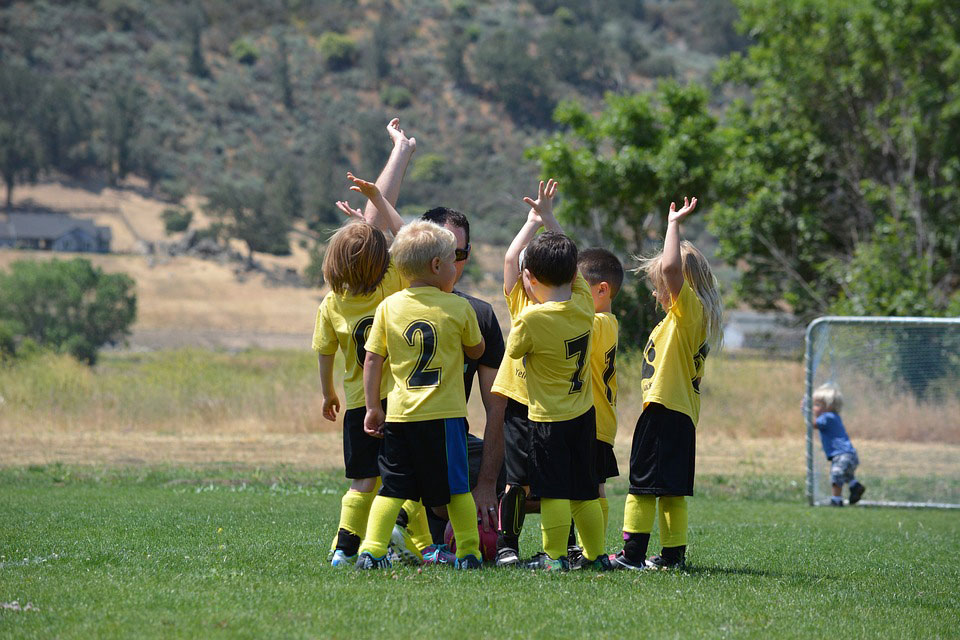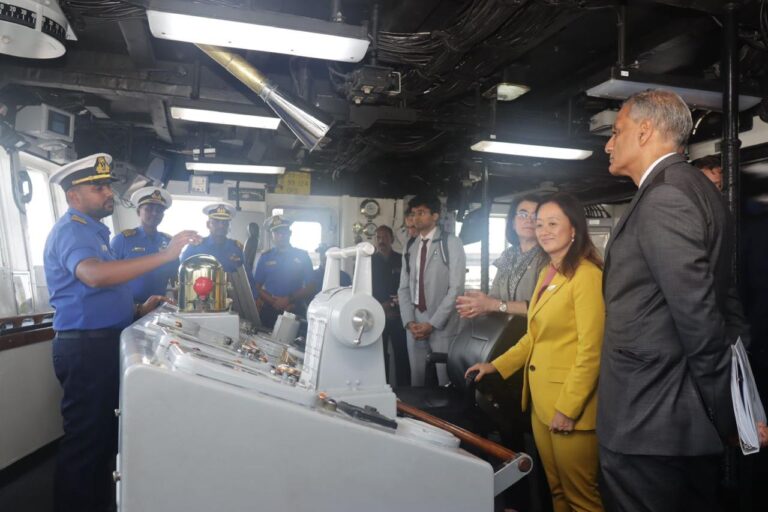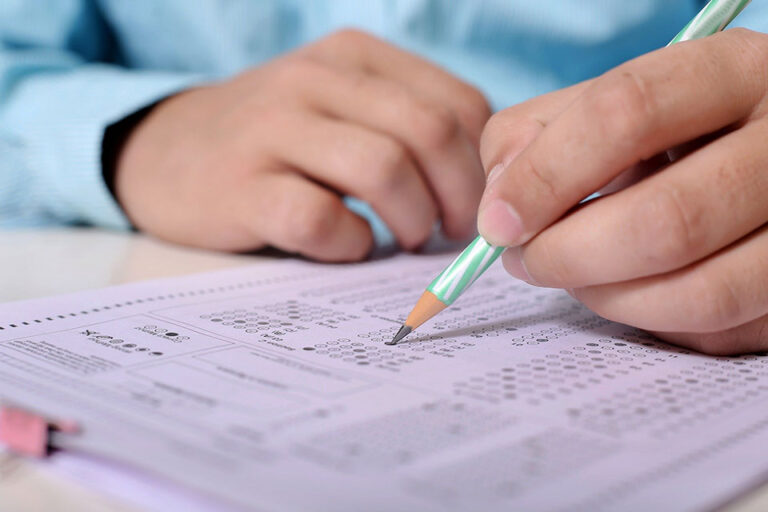A lot of young kids are active players. Though they might not see the significance of what they hear or see, kids absorb the pictures that surround them and are profoundly affected by the people they rely on for security and love. Providing challenges for kids will improve psychological and mental health. For more information on mental health, see BetterHelp.
Also, One of the most significant things is this challenges can help kids during stressful times. This activity Challenge is created to help young children continue to develop their ability to think, talk and interact with people and things even when times are very difficult. We hope these fun activities in teaching will help increase children’s eager minds, calm their hearts, and give them hope. Let’s see what this fun are challenges for kids.
Fun challenges for kids you should know.
Waves of Silliness How to Play
The kids are standing in a circle, and the group leader picks one to start a silliness wave; for instance, wiggling her body. Her neighbour on the left imitates her, as does the next person, and so on until the wiggly wave returns to the person who started it. Now it’s the kid at the turn of her right to come up with some sort of stupid movement. The quicker the wave moves, the more fun it gets. The play goes on until everyone laughs and is preparing for the next activity
Memorize Challenges for kids
Do you have a brain image that stores every detail without mistake? This is a good way to get the brain of your kid to work. In essence, the memorize challenge tests the memory of the participant. Above all, the ability to quickly remember things.
The challenge of memorizing can play in many ways. First, you can get everyone to listen to a song, read a portion of a novel, and then after a while; they’ve got to recite what they’re reading. Second, you can display some items and provide a set time for the contestant to note all items. Next, you remove some items, and the contestant must accurately guess what items are missing.
Peanut Hunt props challenges for kids
A big number of peanuts with the shells intact: the leader places a big amount of peanuts on top of the cabinets before the kids arrive, behind the curtains, in the sink, and wherever else it’s hidden but secure to get there. How to Play: As quickly as the kids begin to demonstrate the first signs of tiredness, a peanut treasure hunt is stared. All of them swarm through space and look for nutrition packages. Kids should, however, wait until as many nuts as possible have been collected, then wait for permission from the leader to shell and eat them (to minimize the mess).
Chain Reaction for kids
Small group kids and each group are standing in a circle facing the middle. Then the leader points to one kid in each group, who then starts the game by making a random move; turning her head from left to right, for instance. The player on her right is repeating the first move and then adding a fresh one; snapping his fingers, for instance. The player on his right, number three player, turns her head, then snaps her fingers, then wiggles in order her elbows. The play goes on until a player lastly forgets one of the movements or mixes the order in which they take place. That player falls out of the match, and until one winner emerges, the others proceed. Each group’s winners then come together for a final game, or the kids can be grouped together so they get another opportunity to win.
Paper Race challenges for kids
At the starting line on the playground, all the kids stand next to each other. Every kid gets a piece of paper to hold against their stomach or chest and waits for the starting signal. Then all of them take off; they should all raise their arms above their heads by the third step, at the latest. The “airstream” will cause the paper sheets to adhere to their bodies. The winner is the first individual to cross the line without losing the piece of paper.
Mirror Image How to Play challenges for kids
To stand in a line, the leader selects about ten kids; they are the mirrors. Then the leader selects another kid to walk from mirror to mirror, making each one a funny face. The mirror imitates each other, and as quickly as the kid goes on to the next mirror, it “freezes.” This both looks funny and a lot of concentration is required. The leader or someone they have selected— decides which “mirored kid” has done the best work; that individual becomes the next individual to clown in front of the mirrors.
For more information on mental health, see BetterHelp.










